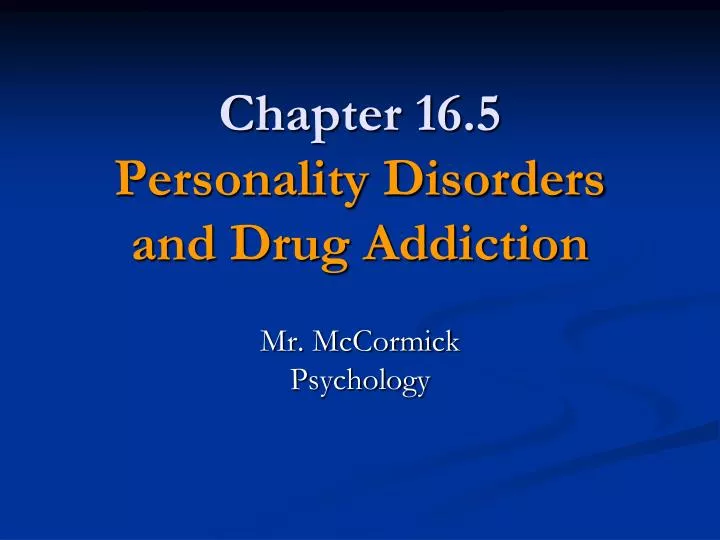

- #CHAPTER 16 BLOOD BORNE PARHOGENS AND PRINCIPLES OF ASEPSIS HOW TO#
- #CHAPTER 16 BLOOD BORNE PARHOGENS AND PRINCIPLES OF ASEPSIS CRACKED#
- #CHAPTER 16 BLOOD BORNE PARHOGENS AND PRINCIPLES OF ASEPSIS FREE#
Citations can be issued based on the current standard or under the “General Duty Clause” because the employer has not provided a workplace free from recognized hazards. OSHA has not attempted to list all occupations where exposures could occur, however designated first aid providers are, in most cases, covered by the standard. The standard covers all employees, who could be reasonably anticipated as the result of performing their job duties, to face contact with blood and other potentially infectious materials. OSHA's Blood borne Pathogen Standard, 29 CFR Part 1910.1030, sets forth requirements to protect workers from occupational exposure to blood borne pathogens.
#CHAPTER 16 BLOOD BORNE PARHOGENS AND PRINCIPLES OF ASEPSIS HOW TO#
Employees should be trained on the proper use of PPE and how to respond effectively and safely to an injury. The PPE must be suitable for the level of expected exposure and should be readily accessible to employees and available in appropriate sizes. Personal protective equipment, which includes latex or vinyl gloves, gowns, mouthpieces, resuscitation bags, and face masks can significantly reduce the health risks for workers exposed to blood and other potentially infectious materials. These nicks and cuts, in addition to your mouth, nose and eyes are examples of possible entry-ways for blood borne pathogens, present in the injured person, to enter your circulatory system. You should be aware that there is a good possibility that you may have small nicks or cuts on you from daily work activities and jobs tasks. Qualified, trained first-aiders should be equipped to safeguard against this exposure. Personal protective equipment should be used in conjunction with universal precautions when dealing with all body fluids. Universal precautions are to be observed in all situations where there is a potential for contact with blood or other potentially infectious material. Universal precautions is a method of infection control in which all blood and certain human body fluids are treated as if known to be infectious for HIV, HBV and other blood borne pathogens.

At work, the most common exposure to blood borne pathogens could occur when an infected worker has an injury causing direct exposure to human blood and the person who comes to help them is not wearing the proper personal protective equipment or practicing universal precautions.
#CHAPTER 16 BLOOD BORNE PARHOGENS AND PRINCIPLES OF ASEPSIS CRACKED#
They may also enter the body through open cuts, nicks, skin abrasions and cracked skin caused by various types of dermatitis. While intact skin offers some protection against blood borne pathogens, they may be transmitted through the breaks in skin via accidents, injuries or burns. The three blood borne pathogens that have received the most attention and pose a serious health threat if contracted, are the hepatitis B virus (HBV), hepatitis C virus (HCV) which causes a severe form of Hepatitis in some or acts as a carrier in others and the human immunodeficiency virus (HIV), which causes AIDS.īlood borne pathogens are usually transmitted or passed on when disease organisms enter the body through mucus membranes or through breaks in the skin. Section 5(a)(1) citations must, of course, meet the requirements outlined in the Field Operations Manual, Chapter IV, and will only be issued where there is a serious and recognized hazard which cannot be abated by implementing an abatement method required by the above standards."īlood borne pathogens are microorganisms in human body blood or body fluid that cause disease in humans. "Section 5(a)(1) of the OSH Act, which requires employers to furnish a workplace which is free from recognized hazards which may cause or are likely to cause death or serious physical harm, may be applied, where appropriate, to industries not covered by the bloodborne pathogens standard.

This includes containers for sharps and other hazardous waste which may be generated from rendering medical assistance. 25 requires that containers be provided for the collection and separation of waste. Under this provision, the employer is required to train designated first aid providers in the hazards of bloodborne pathogens. 21(b)(2) requires that the employer instruct each employee in the recognition and avoidanceof unsafe conditions and in the regulations applicable to his or her work environment in order to control or eliminate any hazards or other exposure to illness or injury. OSHA expects the construction employer performing maintenance activities to take the following precautions as required by the following referenced standards:

12(b), it does apply to employees performing maintenance activities who experience occupational exposure to blood or other potentially infectious materials. "It should be noted that, while the bloodborne pathogens standard does not apply to construction work, as defined in. Recently, our employees at George Nice & Sons had a safety meeting about something pretty serious: blood borne pathogens.


 0 kommentar(er)
0 kommentar(er)
